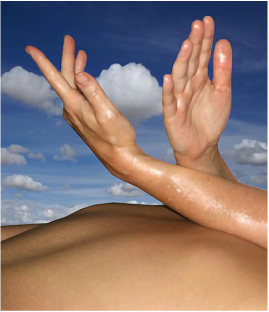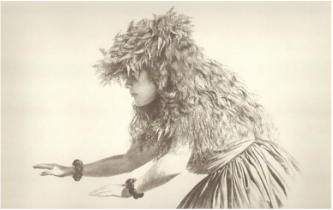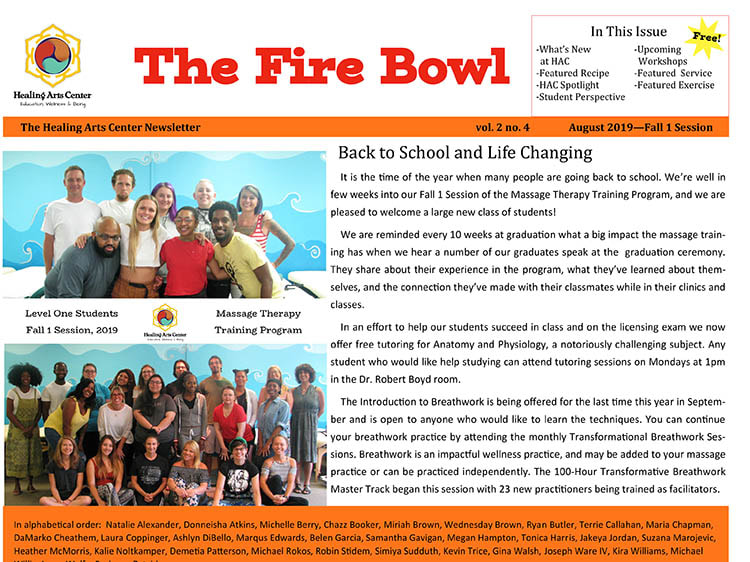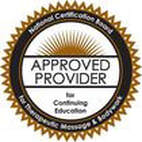
Is a Career in Massage Therapy Your Path? Take the Free Quiz
 First off what does the word "Lomilomi" mean? According to Wikipedia, Lomilomi has traditionally meant "to knead, to rub, or soothe; to work in and out." In other words it means to massage and to help both the inside (emotions etc.) and the outside (physical body) of a being. The physical benefits of Lomilomi are similar to other types of massage in terms of relaxing muscles, promoting circulation, etc. The biggest differences between Lomilomi and other modalities come from the Hawaiian traditions incorporated into a Lomilomi session. Traditionally Hawaiians have viewed the world in terms of energy flow. In relation to healing and bodywork it is believed that an idea or belief can block the flow of energy as much as tension in a muscle and that healing on one level of a being affects all other levels. Lomilomi has been developed to help release physical blockages as well as mental and emotional blockages assisting healing of the entire being. Another fundamental concept from Hawaiian traditions is that everything seeks harmony and everything seeks love. Actually Lomilomi is sometimes referred to as "loving hands massage". It is a common teaching in Lomilomi that the therapist is to love and nurture the client's body as if it was his or her own. It is believed that healing is increased by the love of the practitioner. Love in this sense includes tolerance, forgiveness, acceptance, appreciation, compassion, respect and many more elements.  As far as technique goes the massage is given with long, fluid, and rhythmic strokes utilizing both hands and forearms with a generous amount of massage oil. The long (often full-body) strokes are thought to help make the body soft and to promote free flow of energy in the recipient. This is sometimes described as feeling like gentle waves moving along the body. Stretches and joint rotations are often incorporated into the massage to assist energy flow and release of tension. Also the therapist may massage two parts of the body at once. A common example of this would be the therapist working on a shoulder with one hand and working on a hip with the other. Both the long and flowing strokes and massaging two areas of the body at once are believed to promote balance and harmony. As the priority of the massage is loving the body the client on the table is not viewed as someone to be fixed, but as a being to be returned to harmony and balance. As with many things the practitioner does not do the healing, but is considered a facilitator to aid the client in healing. A traditional Lomilomi massage drape is usually a small sheet or towel which leaves most of the body exposed during a massage, while also maintaining the recipients modesty. This allows for the full body strokes to be performed smoothly and with ease. Lomilomi can change the way a therapist approaches each massage. Using flowing techniques and a sense of love and appreciation the Lomilomi practitioner encourages relaxation, balance and harmony within his or her client.
|
Healing Arts Center News
Keep up with what's happening at the Healing Arts Center.
Follow us on Social Media:Read the Fire Bowl School Newsletter:
Categories
All
|
*The Healing Arts Center is proudly accredited by the Accrediting Commission of Career Schools and Colleges (ACCSC) for the 600-hour massage therapy training certificate only. ACCSC does not accredit individual Master Track courses or CEU offerings separately for this or any institution.
Follow Us Online:
© Copyright, The Center For the Healing Arts, LLC, 2020







